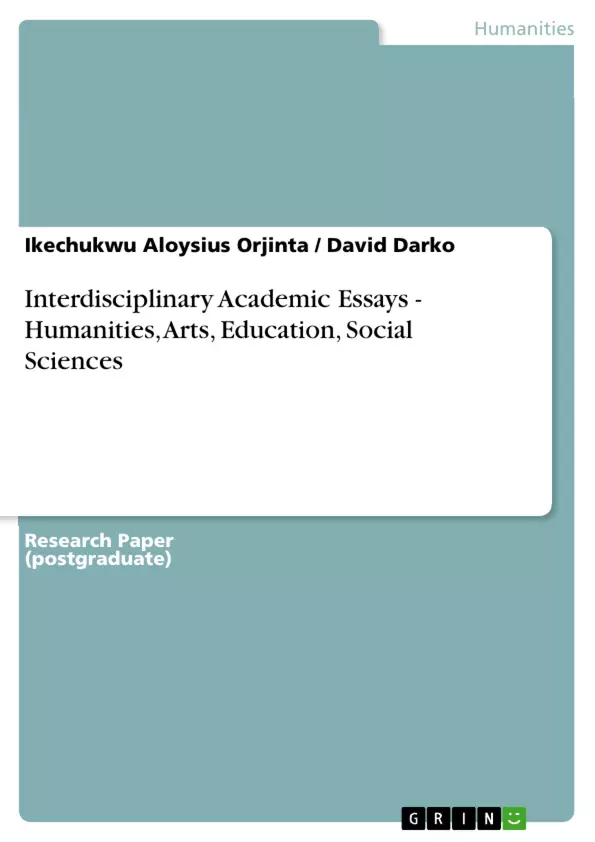Each journal article has a separate abstract and this could be accessed from the interested article as the case may be.This is the decision arrived at by the editors as far as the maiden edition is concerned.
Inhaltsverzeichnis (Table of Contents)
- INTRODUCTION
- LE MOUVEMENT DE WH-
- CONCLUSION
Zielsetzung und Themenschwerpunkte (Objectives and Key Themes)
This paper explores the grammatical structure of WH-movement, specifically focusing on its construction in French and Yoruba. It aims to provide a comprehensive understanding of this syntactic phenomenon, addressing its complexities for English-speaking students and linguists alike.
- The construction of WH-movement in French and Yoruba.
- The role of WH- elements in forming interrogative sentences.
- The relationship between deep structure and surface structure in WH-movement.
- The concept of ‘open questions’ and their implications for communication.
- A comparative analysis of WH-movement in different languages.
Zusammenfassung der Kapitel (Chapter Summaries)
- INTRODUCTION: This chapter introduces the topic of WH-movement and its significance in the study of syntax. It outlines the key concepts and perspectives of various linguists who have contributed to this field.
- LE MOUVEMENT DE WH-: This chapter delves into the specific characteristics of WH-movement, exploring its formation and the role of WH- elements in transforming sentences. It examines the relationship between deep structure and surface structure in this process.
Schlüsselwörter (Keywords)
This study focuses on the following key concepts and areas: WH-movement, syntax, deep structure, surface structure, French, Yoruba, interrogative sentences, open questions, comparative linguistics.
- Citar trabajo
- Dr. Dr. Ikechukwu Aloysius Orjinta (Autor), David Darko (Autor), 2011, Interdisciplinary Academic Essays - Humanities, Arts, Education, Social Sciences, Múnich, GRIN Verlag, https://www.grin.com/document/166400



